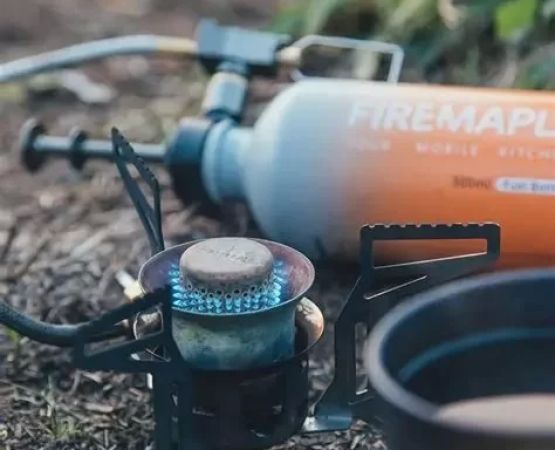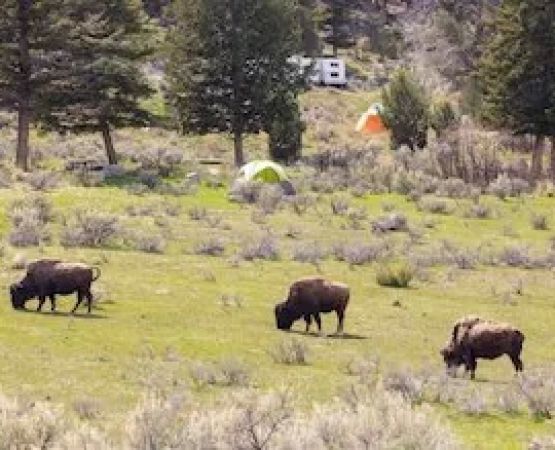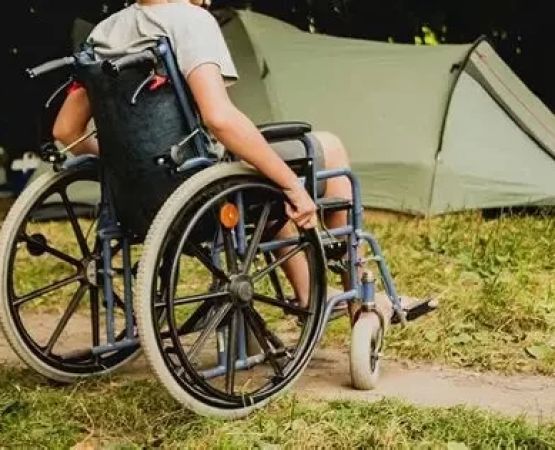- 1 - Why Learning Outdoor First Aid Matters
- 2 - Understanding Basic First Aid Skills
- 3 - Practical Scenarios You Might Face
- 4 - Real Stories That Highlight the Importance
- 5 - How to Practice and Build Confidence
- 6 - Where to Get Started with Resources
Why Learning Outdoor First Aid Matters
Learning basic outdoor first aid skills is not just for adventurers heading into the wild; it’s an essential part of being prepared for any unexpected situation. Whether you’re camping, hiking, fishing, or simply enjoying a day at the park, accidents can happen. The ability to respond quickly—before professional medical help arrives—can make a huge difference in both comfort and safety. Outdoor environments add extra challenges such as limited resources, distance from hospitals, and environmental risks, making first aid knowledge especially valuable.
Understanding Basic First Aid Skills
Outdoor first aid goes beyond carrying a bandage kit. It includes knowing how to assess injuries, stop bleeding, treat burns, stabilize fractures, and even recognize the signs of heatstroke or hypothermia. One of the most important skills is staying calm under pressure and evaluating the situation effectively. Unlike an indoor setting, outdoor incidents often happen where professional medical assistance could take hours to arrive. That’s why learning how to adapt and improvise with available tools becomes part of the skill set.
Practical Scenarios You Might Face
Imagine hiking in a remote trail when a friend slips and twists an ankle. Knowing how to immobilize the injury and create a makeshift splint can prevent further damage. Or consider a fishing trip where someone accidentally hooks themselves—quick thinking and proper wound cleaning techniques can avoid infection. These practical scenarios are not rare, and having even a basic understanding of outdoor first aid skills can prevent small problems from escalating into serious emergencies. Preparing for real-life situations is what makes this knowledge invaluable.
Real Stories That Highlight the Importance
There have been numerous accounts of hikers, campers, and travelers who avoided major health risks because someone in their group knew basic outdoor first aid. One notable case involved a camper in the Rockies who suffered from hypothermia after falling into an icy stream. A fellow camper, who had learned how to rewarm safely using layers and warm drinks, helped stabilize the victim until rescue arrived. These stories reinforce why learning outdoor first aid skills should never be underestimated—it’s about empowering yourself to help others when it matters most.
How to Practice and Build Confidence
Like any skill, first aid becomes second nature through practice. Role-playing different scenarios with friends or joining outdoor safety workshops can help build confidence. Simple drills, such as practicing CPR on a training dummy or rehearsing how to handle an unconscious person, make a big difference. Confidence is just as important as knowledge; when faced with a stressful situation, hesitation can cost valuable time. Practicing regularly ensures that your reactions are quick, decisive, and effective.
Where to Get Started with Resources
If you’re wondering how to begin your journey in learning basic outdoor first aid skills, there are plenty of resources available. Local community centers, outdoor clubs, and certified organizations often provide training programs tailored for outdoor enthusiasts. You don’t need to commit to becoming a professional rescuer—just learning the essentials is enough to make you a valuable asset in any group. For those looking to combine outdoor adventure with skill-building, destinations like Pine Cliff Resort can be an excellent starting point. Not only can you enjoy nature, but you can also connect with workshops, guides, and resources that make safety an integrated part of the experience.






